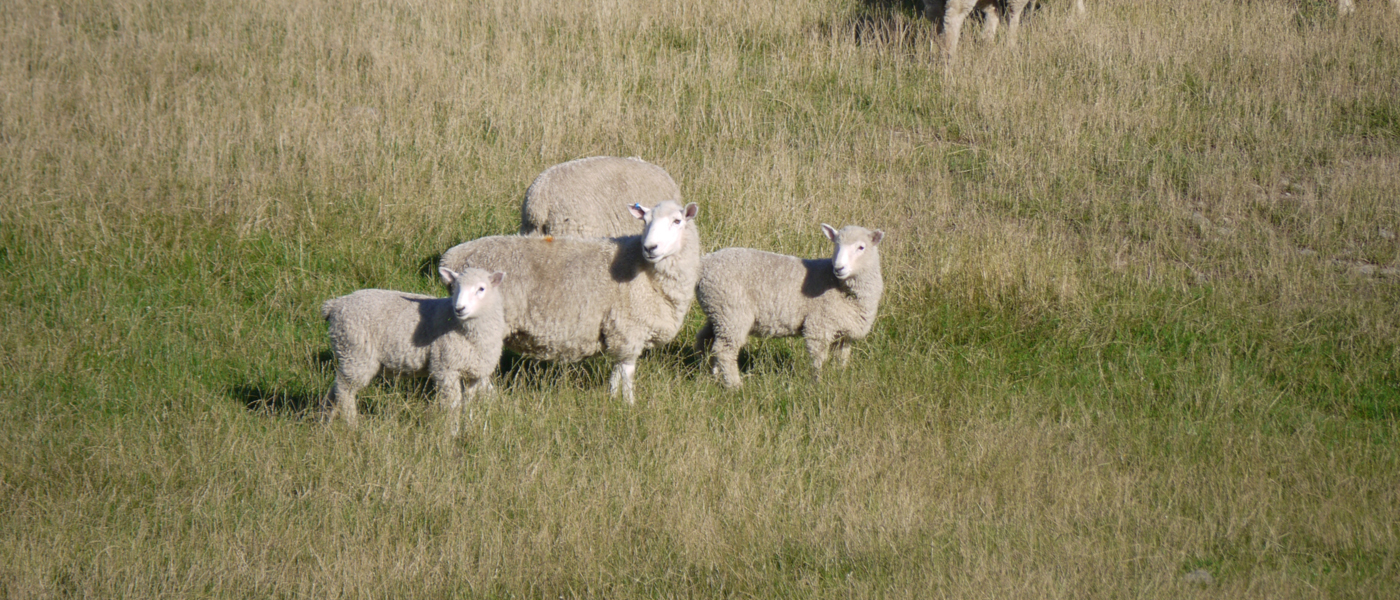
The biggest risk period for metabolic disorders in sheep is around lambing time. Problems often arise when body condition score targets haven’t been met and the nutritional needs of the ewe are not adequately met during pregnancy and early lactation.
Below is a breakdown of the 3 main metabolic disorders in sheep that we see:
Sleepy sickness is predominantly a condition of multiple bearing ewes that occurs in late pregnancy. Overweight, underweight and older ewes are at increased risk. The common symptoms seen with sleepy sickness are dullness, off feed, nervous signs, recumbancy and death. Sleepy sickness occurs when the metabolic requirement for glucose is not met, meaning the ewe begins to absorb her body fat for energy, and in doing this, toxic ketones are produced as a by-product.
Contact your vet if you notice any of these symptoms, they can provide you with advice and assistance with treatment. Any affected animals should also be provided with shelter, feed and water to aid in recovery.
Milk fever occurs when there is insufficient intake and absorption of calcium from feed, and insufficient re-absorption of calcium from the bones to meet demands. It predominantly occurs in mature ewes in late pregnancy but can occur after lambing as well. Precipitating factors that can cause milk fever are a sudden change or decrease in feed, stress from a sudden weather event or yarding. Affected ewes will be weak and wobbly on their feet and eventually sit down unable to get up, often with their head turned to the side.
Affected ewes require glucose, calcium, and magnesium immediately as their condition can decline rapidly. Contact your vet for advice around treatment.
Grass staggers is seen primarily in mature lactating ewes and it occurs due to low magnesium levels. There is no appreciable storage of magnesium within the body, hence magnesium levels rely on continuous intake from feed. A ewes absorption of magnesium from the rumen can also be affected by other factors such as potassium and ammonia concentration. Usually the precipitating factor for hypomagnesaemia is energy imbalance, which may be bought on by inadequate feed over a period of time or sudden stress of a weather event or other illness.
Due to the rapid progression of the disease, ewes with hypomagnesaemia are usually found dead in the paddock. If discovered earlier, affected sheep often become dull and go off feed, then develop muscle tremors and a spastic gait. Eventually they collapse on one side and begin convulsing and paddling their legs until death occurs.
If you notice any of these signs contact your vet urgently so the problem can be diagnosed and treated as soon as possible to minimise losses.
By 2-4 weeks pre-lambing, a single dose of 5in1 should have been administered to your ewes to help protect them and their lambs against clostridial diseases, which can be fatal. Lambs from vaccinated ewes will need their first dose of 5in1 before 6 weeks old and then a second dose 4 weeks later. A booster is then followed annually. If your lambs are from unvaccinated ewes, they will need Lamb Vaccine at tailing to protect them from Tetanus. They still require two vaccinations of the 5in1 to be protected.